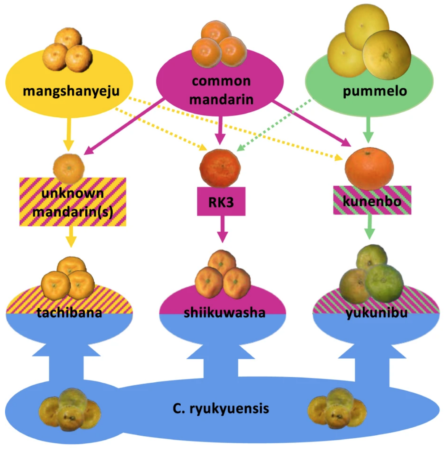Attentive readers may remember a reference here to Crops to End Hunger’s white paper on economically sustainable seed systems. This provides…
…recommendations for how One CGIAR may want to adjust its approaches and collaboration with National Breeding Programs and private sector entities to (i) be more successful in developing and deploying newly developed varieties, and (ii) support the evolution towards a more effective, sustainable local seed sector, with appropriate public and regulatory capacities and a vibrant entrepreneurial sector.
There’s since been a nice interview with one of the authors. But the reason for bringing it up now is that Oxfam Novib has published a reaction.
While recognizing some important positives (e.g., the aim to diversify the range of public-bred crop varieties available to smallholder farmers), Oxfam Novib also expresses some serious concerns. These are perhaps best encapsulated in the following observation:
The paper’s recommendation that the One CG develop a centralized system for germplasm licensing and revenue management between the CG centers and national breeding programs implies that seed revenues will be derived from smallholder farmers – but farmers and farmer groups will be excluded from involvement in creating new varieties and generating income from them.
It will be interesting to see One CGIAR’s response.
